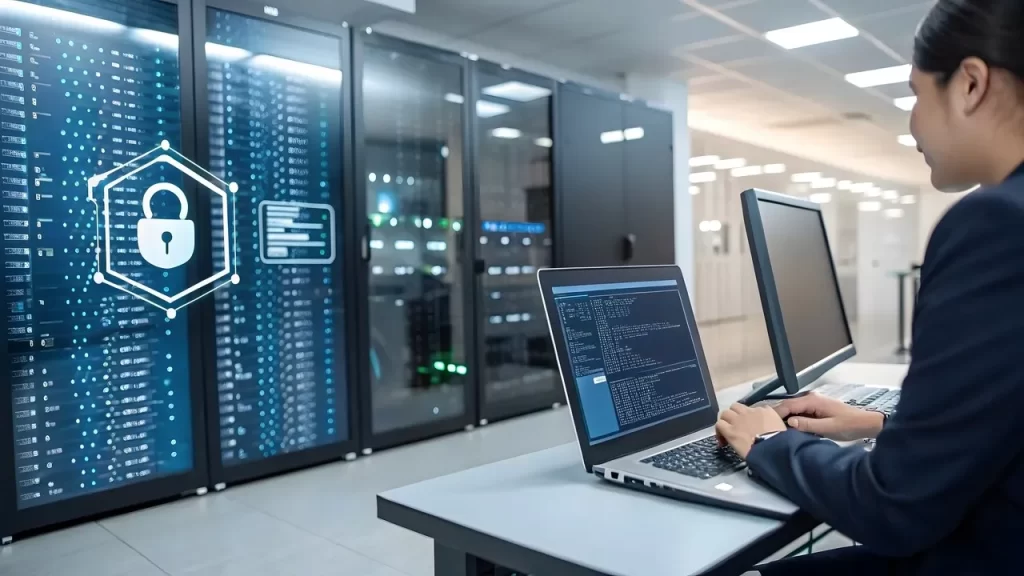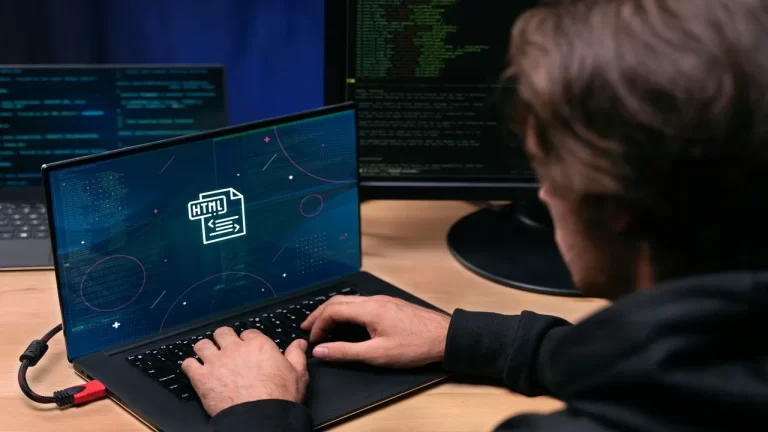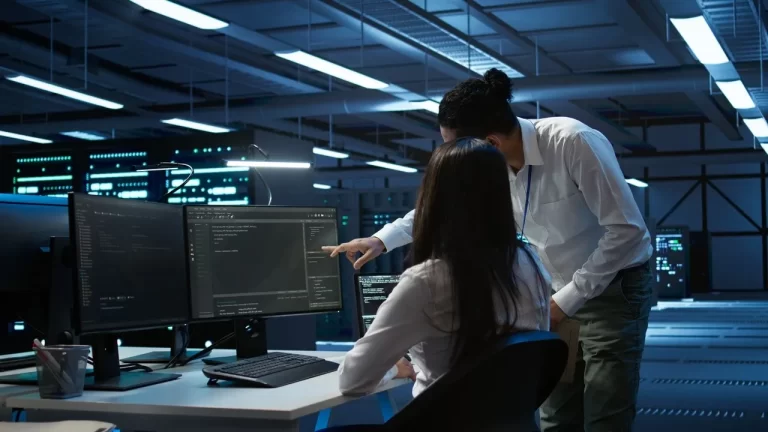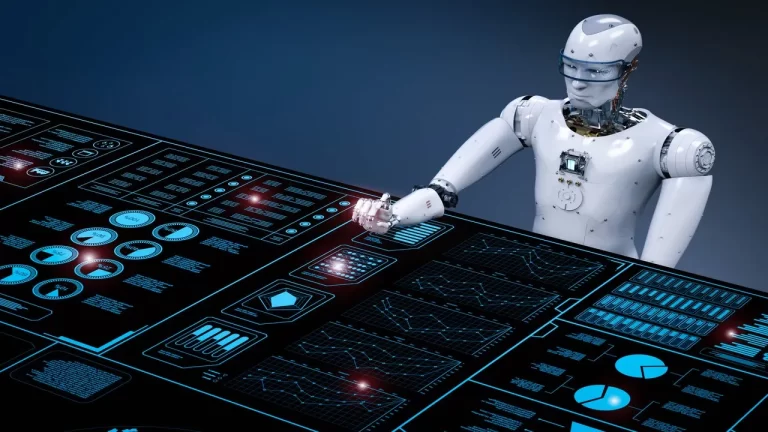In 2025, virtual data centers will be exposed to complex threats such as APTs that seek to enter and stay in the system for long durations. Some of the new threats are likely to arise because of the new extra layers and complexities of hybrid and multi-cloud systems; these are areas that perimeter security cannot cover. To tackle these challenges, there is the zero-trust security model, which means scanning all the devices that are to connect to the network and all those already connected, both within and without the network. It also eliminates the possibility of Corbett entities gaining unauthorized access to critical resources and information, thus enhancing security.
There is also research into the incorporation of artificial intelligence as well as machine learning into special security models. These play significant roles in threat and incident identification as well as responding to them through the examination of the networks’ traffic peculiarities and variants. However, you must understand that criminals in the cyber world are also using AI to improve their operations, such as fake messages that are created by the AI. This therefore implies that, although organizations have integrated AI into their systems as well as their network security, to the dynamic and diverse security threats organizations also need to dedicate their resources towards the use of security tools, constant analysis of the same, and training of the employees.

Zero Trust Architecture (ZTA)
Zero Trust has turned into a widely adopted security model. According to the Cloud Security Alliance’s report, nearly 72% of organizations with more than 1,000 employees have Zero Trust either being deployed or planned for the early part of 2025. This change is due to the rising cases of cybercrime attacks and the need for more stringent measures to protect data.
Experts are already expecting that by 2025, only 30 percent of the new remote access solutions will go for VPN, with the remainder going for the ZTNA approach. This change represents the heightened understanding of zero trust as an efficient approach to protecting work-from-home scenarios.
Workload and VM-Level Encryption
In response to the advantages of making use of quantum computers, companies are expanding encryption techniques. For instance, Cloudflare stated it was adding post-quantum cryptography to its products to secure the data against quantum attacks. This is possible as it proactively takes measures to ensure that encrypted workloads and virtual machines are safe with advancing technology.
On the same note, authors also reported that to meet high levels of compliance and to minimize risks, organizations are now implementing new encryption methodologies at the workload level as well as at the level of virtual machines. Ensuring that an adequate level of encryption is in place when operating within a virtual environment is vital to protect the information’s confidentiality and integrity.

Secure Virtual Network Segmentation (Micro-Segmentation)
Micro-segmentation has emerged as a critical part of many Zero Trust architectures as an element of the Zero Trust strategy. Hiring people infected with malware, lack of strong division of workloads, and closing boundaries of diffusion can eventually help in the containment of possible threats. It is most suitable for industries that work closely with sensitive data, such as the health sector or the finance sector, where there is an emphasis on risk reduction.
Micro-segmentation helps to control the network traffic more strictly than macro-segmentation, and only the permitted entities have access to certain segments. This relieves some of the pressure and increases the general level of protection in the network from attacks.
Automated Threat Detection with AI/ML
AI is used to detect threats in real-time exclusively and thereby is helping in the survival of cyber threats. Mastercard is an example of corporations that have been investing in acquiring organizations that specialize in AI in cybersecurity. The recorded future was recently acquired at $2.65 billion by Mastercard to strengthen the latter’s fraud management and real-time decision-making department.
But they also foresee that AI could be utilized in the creation of even better types of cyber weapons. A new NATO-backed report reveals that computer malware invisible to existing defenses could be developed within two years; therefore, the preparation needs to be made in advance.
Secure Configuration and Patch Management
It is also necessary to continue the proper management of the patching process of the systems in use now. For instance, the Ivanti firm recently responded to a vital weakness in Connect Secure VPN appliances that unknown cyber espionage groups actively use. This has shown the significance of checking for available patches from Microsoft as well as following up with patches from other sources to avoid someone gaining unauthorized access or compromising the data.
Companies should manage patches by automating the patch management process when it comes to systems to ensure that, within the shortest time possible, all the systems are updated to prevent the attackers from exploiting the vulnerabilities.








